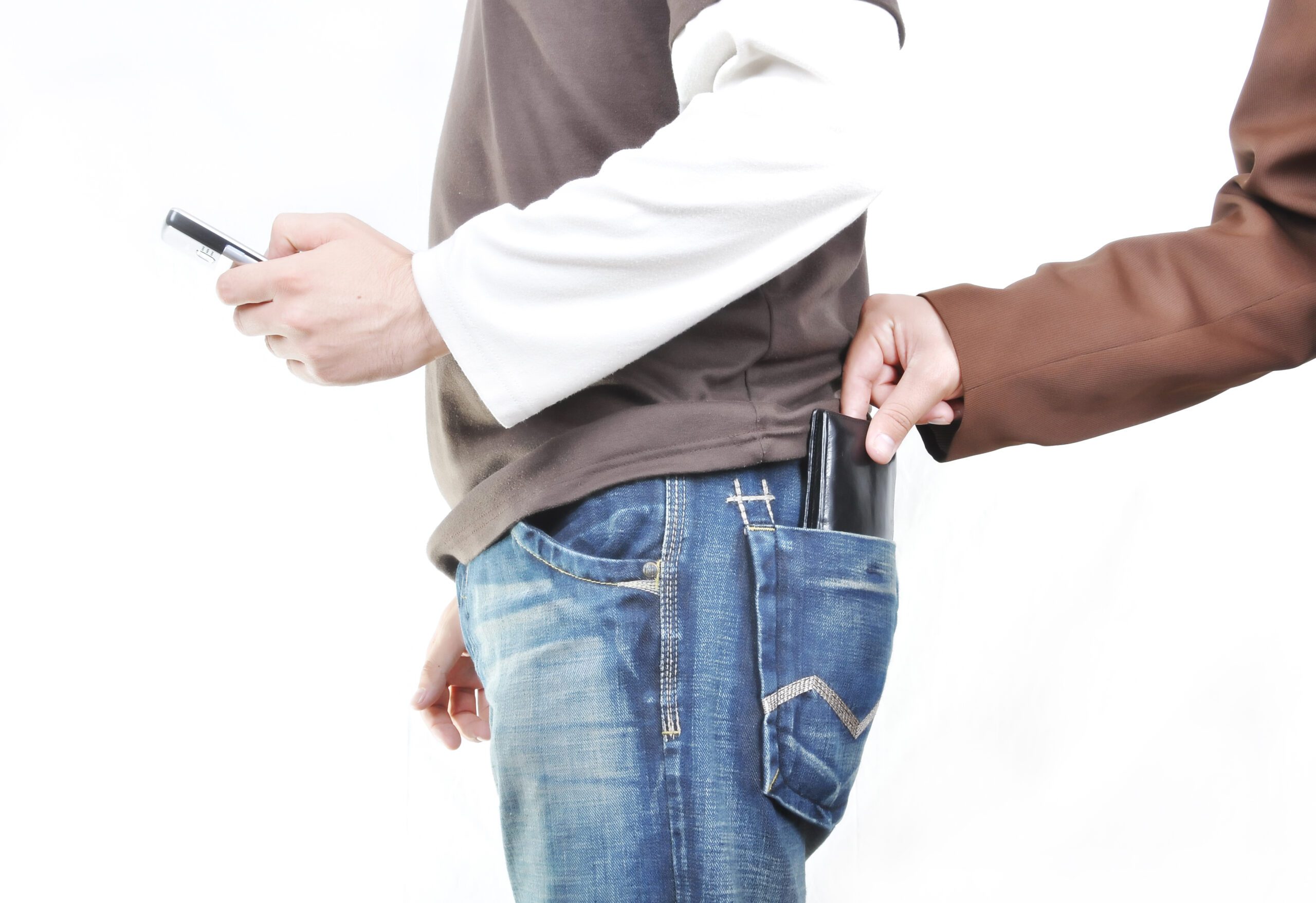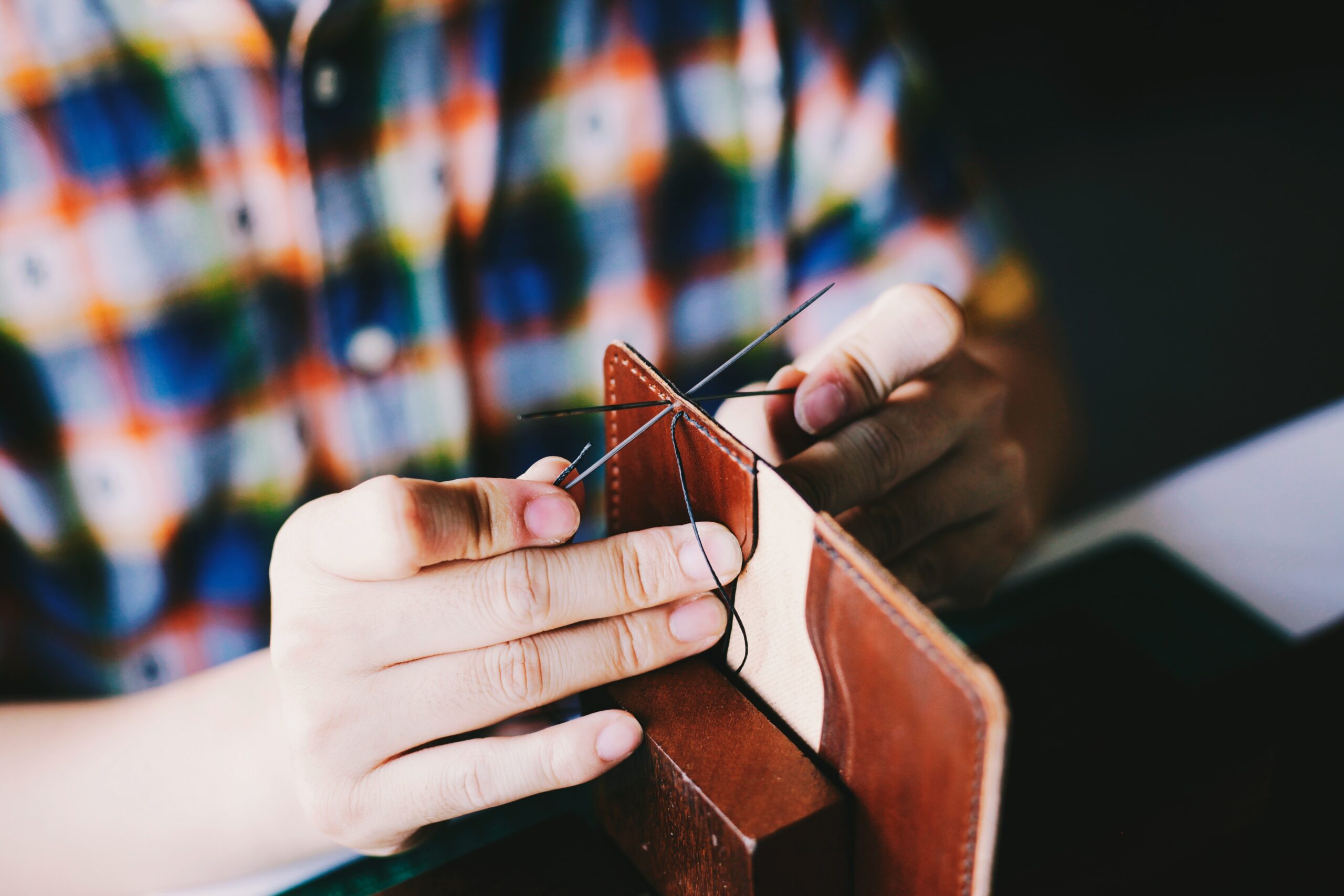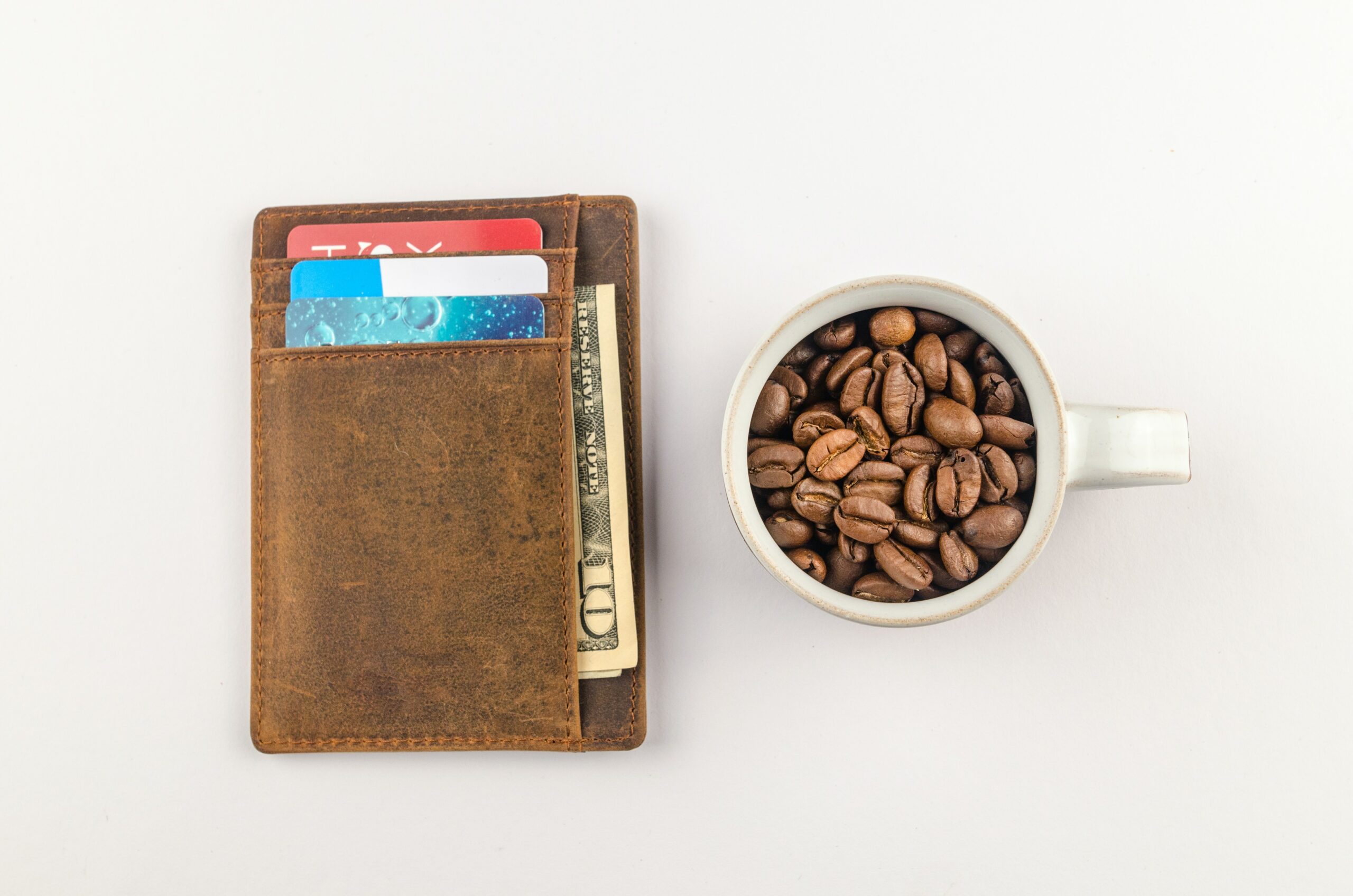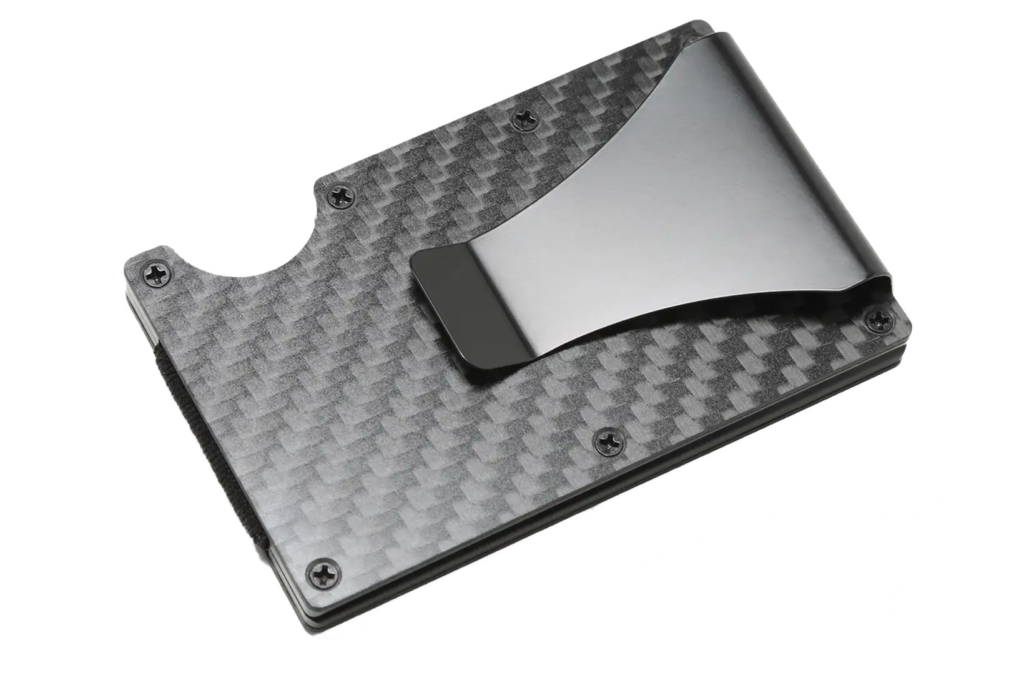While it is not the proverbial “oldest profession,” there have probably been pickpockets for as long as there have been pockets to pick. Crowded and bustling sidewalks, marketplaces, concerts, sports arenas, festivals, and public transit are all notorious for being places where pickpockets ply their craft. Moreover, tourists are often highly valued targets. So, if you live in a densely populated city or are considering traveling, you might be wondering how you can avoid falling victim to this all-too-common crime. If so, you’re in the right place!
If there is one thing that screams, “I’m asking to be pickpocketed,” it is if you look like a tourist or seem too preoccupied to be aware of your surroundings. While the only way to make yourself immune to this common form of theft is to stay home, there are some reasonably easy modifications to your behavior that will reduce the likelihood that you will be pickpocketed.
This article will explain what pickpockets look for in their targets and how to avoid falling prey to them.
What is pickpocketing?
Pickpocketing is a form of larceny, or theft, which involves stealing the belongings from someone’s pockets—usually a wallet, cellphone, jewelry, etc. Someone who picks others’ pockets is called a pickpocket, and the targeted person is known as a mark.
Pickpocketing is distinguished from a robbery on the grounds that it does not use intimidation, force, or threats of violence. Moreover, pickpockets are differentiated from “sneak thieves,” such as purse-snatchers, since a pickpocket attempts to steal the mark’s belongings without the victim noticing. When successful, the mark doesn’t even realize the theft until the perpetrator is long gone. For this reason, pickpocketing often goes unpunished, and since weapons aren’t used, any sentences handed down to those who are caught tend to be relatively minimal.
For many people, the stereotypical image of a pickpocket is of a solitary, shady, rough-looking guy. That’s certainly what I think of since that fits the description of the thief I saw at work when, as a child, I attended a Chicago Cubs game with my father. However, the fact of the matter is that pickpockets cannot be identified merely by their looks. Indeed, some of the most skilled pickpockets are precisely those who don’t attract attention or provoke concern on the part of their marks, such as children, women, and professional-looking adults.
Moreover, since the late 1970s, most pickpockets have worked in teams. In a Reader’s Digest article from last year, security specialist Lewis Sage-Passant explained, “Usually, one of the gang will distract the mark, often with a fake tourist survey or petition, or by ‘accidentally’ spilling something on them.” It is increasingly common for teams of professional pickpockets to travel to distant cities or even foreign countries. Just recently, a group of five thieves was arrested in Qatar; all had traveled to the Persian Gulf from Asian countries.
How common is pickpocketing?
Pickpocketing has been a common crime, especially in large cities, since before people started to keep formal crime statistics. Entire studies have been conducted on the prevalence of crime in 19th-century London.
While cities like New York saw pickpocketing reach almost epidemic proportions in the 1970s, by the early 2000s, experts speculated that pickpocketing was going the way of train robberies: it was becoming less lucrative since people were increasingly using credit cards. Of course, there were always some outliers. It was estimated that in Barcelona, Spain, over 6,000 tourists fell victim to such theft each day in 2009. But, overall, most cities and countries were reported to have seen decreases in the incidence rate during the first decade of the 21st Century.
This remains true; however, as Rene Chun reported in 2019, many major US cities have again seen a rise in reported cases. There were marked reductions during the COVID-19 shutdowns, but now that things are more or less back to normal, the rates are quickly climbing. For example, this year in Austin, Texas, the police reported a 175% increase relative to the previous year.
Reduce Your Risks To Become A Pickpocket Target
Who do pickpockets target?
While anyone that appears to have sufficiently valuable property on them can be a mark, it is almost universally acknowledged that tourists—especially people who are obviously tourists—are one of the most targeted groups. Destination cities—particularly European cities such as Barcelona, mentioned above—have extraordinarily high rates of the crime. Travelers make “good” marks for thieves because they have to carry important belongings on their person out of necessity, such as cash, passports, etc. They are often engrossed in taking in the sites and attending to their travel companions. Moreover, tourist attractions tend to have dense crowds, ideal locations where pickpocketing teams can stage a distraction.
What would make me stand out?
The most obvious signs that a pickpocket will look for are easily accessible wallets or pocketbooks. If you have a fat wallet in your back pocket or a pocketbook sticking out of the top of your purse, you are, unfortunately, ripe for the picking. And if you add a camera or binoculars to the mix, you are screaming to be picked!
What can I do to reduce my risk?
Security experts warn that a back-pocket wallet is the easiest target for a pickpocket. For that reason, they recommend putting your wallet in your front trouser pocket. This is solid advice, but it isn’t foolproof. Highly skilled pickpockets know how to pick a front pocket, as attested by those who have attended pickpocket training sessions. Moving your bulging wallet from your back to your front pocket is a step in the right direction, but there is more you can do.
It’s worth investing in a slim, minimalist wallet. Pickpockets look for bulges in your clothing and other visual indicators to determine the location of your valuables. The harder you make it for them to find, the better. With this in mind, many seasoned travelers, such as Rick Steves, go a step further and recommend using a money belt worn under your clothing.
A Minimalist Wallet To Keep In Your Front Pocket
There are several other tips you should consider:
- Avoid tightly packed crowds, and be alert when entering narrow spaces, such as the entrances to escalators.
- Assume that whenever something theatric happens, it is a scam. As mentioned above, pickpockets tend to work in teams, and the tried-and-true strategy is for one person to create a distraction or interruption, another to pick the mark’s pocket, and a third to receive the goods in a handoff.
- Consider carrying items in ordinary grocery bags. The more normal and less well-off you look, the better!
- Never touch the area where you are hiding your valuables! It is crucial to refrain from checking your pockets right after looking at a sign warning you about the possibility of pickpocketing. These are intended to alert travelers, but they are effectively a pickpocket’s dream come true! Many people will react to the warning by checking to ensure their wallet is still secure, thereby alerting thieves to its location.
- When traveling, take some time to look up the most-targeted locations in the city you are visiting. These are often well-known tourist destinations (including cathedrals, as travel writer Michele Herrmann can attest), public transit stations, amusement park lines, etc.
The Final Word
While you can’t make yourself immune to pickpocketing, you can reduce the likelihood of falling victim to theft by being aware of your surroundings and not displaying your valuables—let alone your naïveté! Give some thought to the clothes you will be wearing when traveling, and select a minimalist wallet that you can secure somewhere other than in your back pocket or purse. As one final word of advice, take any essential cards, documents, or cash you can’t leave in your accommodations and spread them out over your person in various pockets. Hopefully, they will not make off with everything if you end up being targeted.







